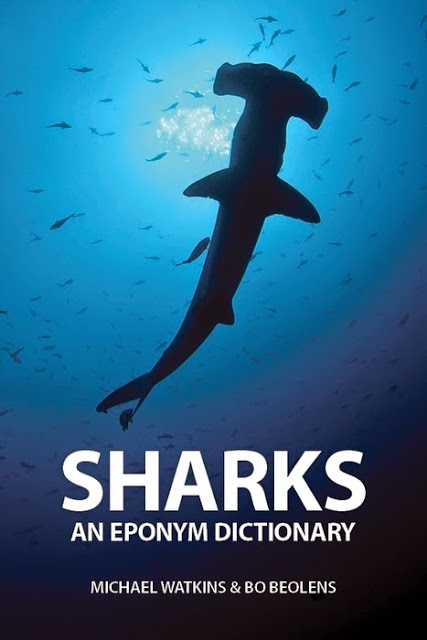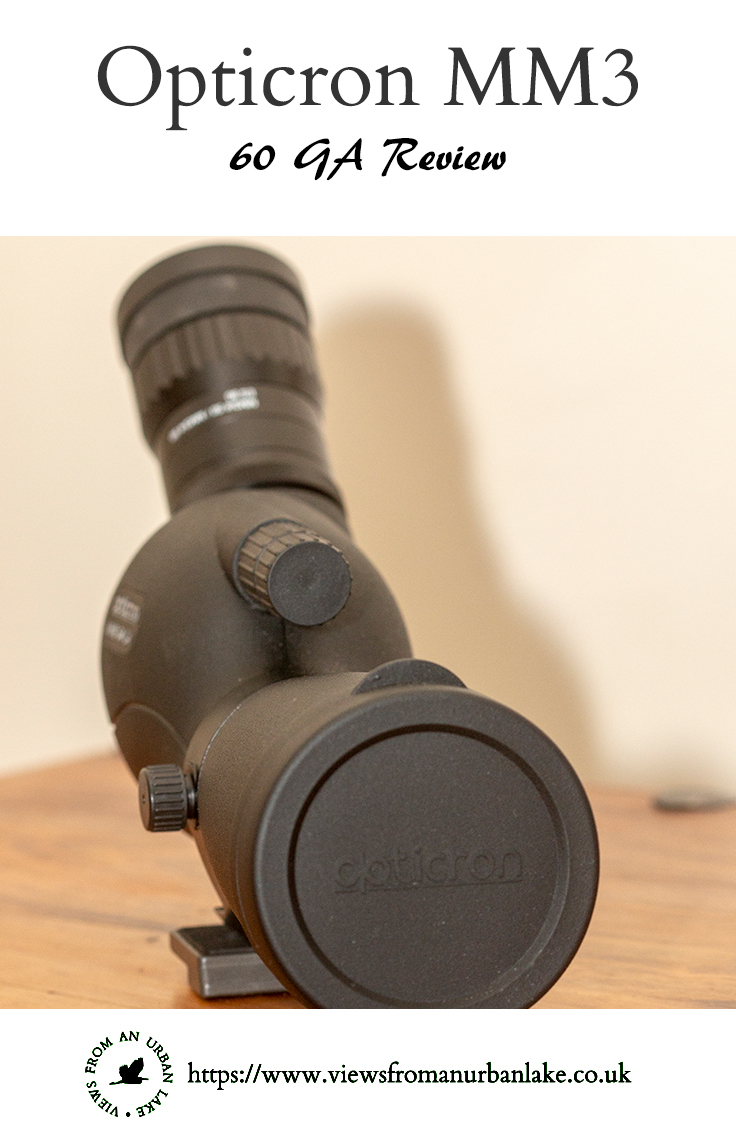Britains Butterflies – Review

Britains Butterflies by David Newland, Robert Still, David Tomlinson & Andy Swash | 225 pages | Wild Guides | Paperback | 2010 | ISBN: 978-1-903657-30-0|
I’m a fan of butterflies anyone who has visited this page in summer will have seen the photos, or you may have read my Butterflies of Milton Keynes page (I aim to photograph them all), and the one book that I turn to time and time again in the butterfly month sis Britain’s butterflies by David Newland Robert Still, David Tomlinson & Andy Swash
I’ve reviewed it in the past but not on here and rather than link out from my reviews page I thought I’d write one for here. I hope you like it and find it useful (please do let me know in the comments section).
Britains Butterflies
The book itself is photographic in nature (all the pictures are photos) so I know some will love this others will hate it, personally I find photos for butterflies great (odd really as I much prefer artistic pictures for birds), each species will have a host of images of both male and female butterflies (when there is a difference) which also helps with ID. The caterpillars are on separate pages all together.
A great aspect employed in Wild Guides books, is the inclusion of whole sections about which species you will find in differing habitats. This can be an invaluable resource when searching out specific species or certain areas.
The Species Accounts
All 59 breeding or migrant butterfly species (and 4 former breeders, nine rare migrants and 1 with unknown status) have been included with a double page spread dedicated to most of them.
On one page is the text, defining: Identification; Behaviour; Breeding habitat; population and conservation; egg caterpillar and chrysalis, as well as maps, flight times, where to look and confusion species (there is also information about the status and protection).
On the other are the full colour glossy photographs, with images of males, females, known colour morphs or sub species, and sometimes even location settings.
Other things of note
As well as the above species identification pages there are a number of other sections in the book, sections on things such as identifying families of butterflies or separating butterflies and moths (a trap many people can fall into, as there are a large number of day flying moths too).
The book is light weight, slim and has a protective plastic covering that will allow use in the field with ease (it slips into my bags and barely adds any weight).
The Bad
So far, even after a few years use (apart from my daughter sticking two pages together) I’ve found no fault with the book, the information for ID is there and what you would expect in a field guide, yes there could be more but then you wouldn’t be able to slip it in your bag for when needed.
Conclusion
If you are looking for a field guide to butterflies of Britain then you would find this book a really useful addition to your bag, you should be able to identify any butterfly you stumble across in the wild with it (if you can’t then it is either really rare or an escape/release).
Published by Wild Guides/Princeton Press (you can check it out on their websites below) – http://www.wildguides.co.uk Princeton Press and best of all buying the book also supports Butterfly Conservation http://www.butterfly-conservation.org
Buy on Amazon
DISCLAIMER: I was provided a free copy by the publisher for the purposes of reviewing, but i was free to say what I wished.
If you enjoyed this post, or found it useful, then please do share it with your friends using the links below





